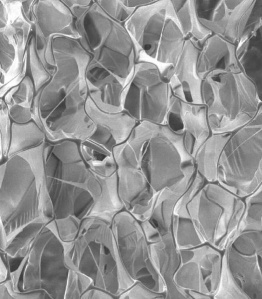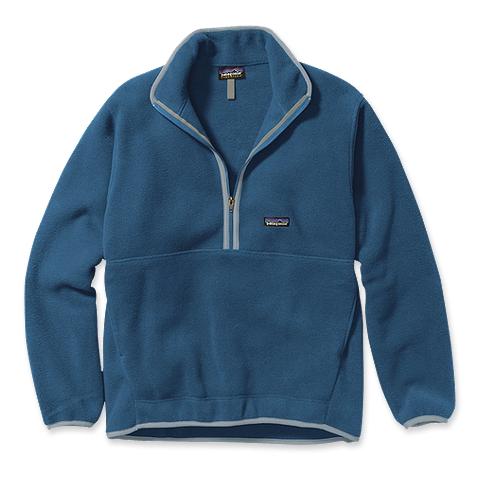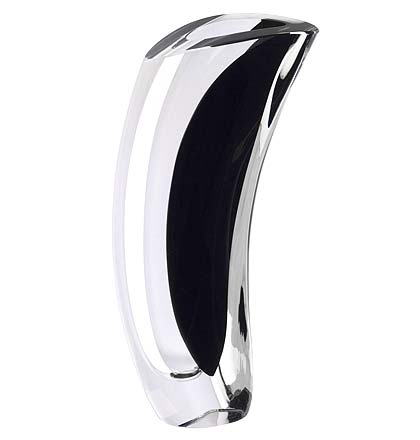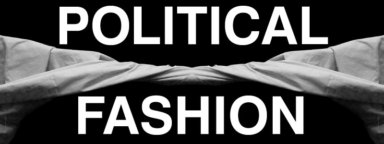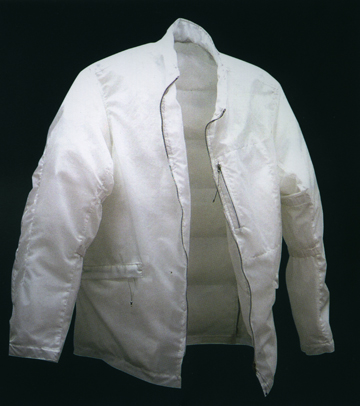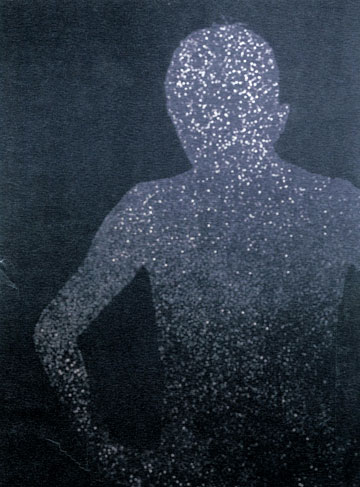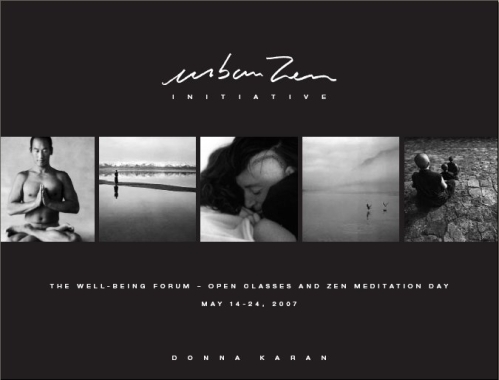Twenty-five years ago the term “eco-tourism” didn’t exist, but a look at today’s hospitality landscape reveals a growing number of ecologically mindful options. While hotels/resorts are notoriously taxing on the environment, newly developed design concepts are increasingly reliant upon the inclusion of sustainable elements. Using a green approach to problem solving, designers, architects, and engineers create destinations that actively reduce Carbon footprinting, nurture community connections, and effectively employ architectural conservation. Fortunately, these earth-friendly practices do not preclude luxury, as evidenced by the DESIGN FUTURIST selections below.
Kenya Robinson
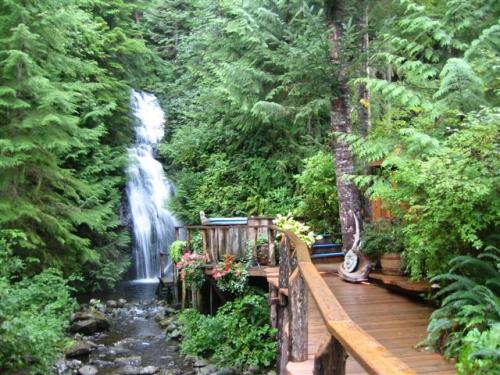
NIMMO BAY
British Columbia, Canada
www.nimmobay.com
Nestled on the British Columbian coast north of Vancouver, Nimmo Bay is a pristine respite from the monotony of urban development. Enjoy catch-and-release fishing, kayaking or listen to a scenic waterfall provide a soothing soundtrack to a full-body massage. This same waterfall (and others like it), along with a waterpower generator, supply the resort with 80% of its energy needs. The floating bakery and lodge demonstrate architectural conservation by minimizing land usage.
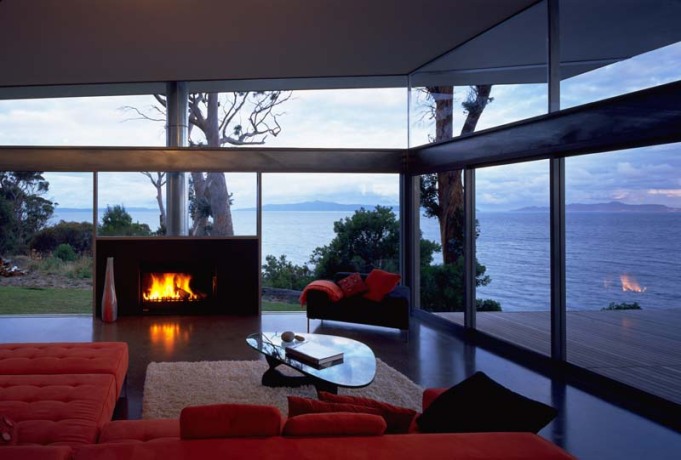
AVALON COASTAL RETREAT
Tasmania, Australia
www.avaloncoastalretreat.com.au
The Avalon Coastal Retreat on Great Oyster Bay is a private eco cottage where the minimalist leanings of the thoroughly modern design serve as a lens to view the area’s austere beauty. With the inclusion of only indigenous specimens in landscaping and using rain water tanks as a primary resource, Avalon successfully creates luxury, responsibly.
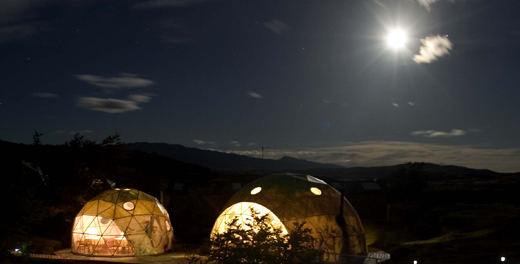
ECOCAMP
Patagonia, Chile
www.ecocamp.travel
With accommodations comparable to a 4-star rating, EcoCamp is a remarkable mix of the rugged outdoors and a sumptuous take on ‘basic’ comforts. The design of the dome shaped units that comprise the EcoCamp compound are directly inspired by the original inhabitants of the region, the Kawesqar and the Alacalufes. This attentive approach illustrates a unique community connection and pays homage to an ancient and sustainable way life. Here, solar power is rarely in short supply, as during the summer months daylight can last up to 17 hours, powering everything from food preparation to the heaters that help maintain the composting units. Various hiking packages are also available (from novice to expert), while the ceiling windows located in each dome, offer equal opportunity access to the spectacular view of the night sky.
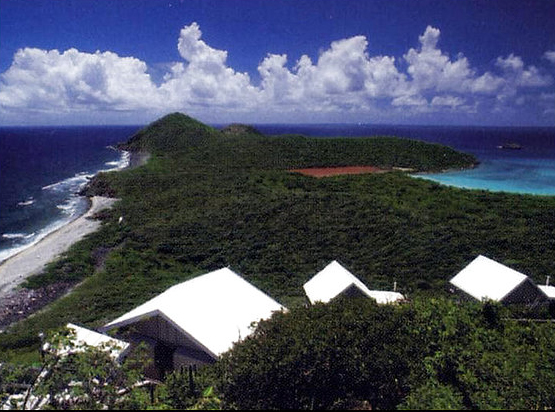
MAHO BAY
Concordia, St. John- U.S. Virgin Islands
www.maho.org
One of the most renowned eco-resorts in the world Maho Bay is an early example of green tourism. Located within a National Park, the Maho Bay resort is constructed with recycled materials, and features elevated walkways that protect the land from harmful foot traffic. The extremely reasonable rates and various work exchange programs, act to democratize accessibility to the picturesque getaway. Still, if a high-end experience is the goal, then Maho Bay’s Estate Concordia Studios will certainly deliver. Consisting of nine luxe suites, with vaulted ceilings and wraparound decks with full ocean views, this section of the resort maintains its green rating through the use of solar power and rainwater collection.

